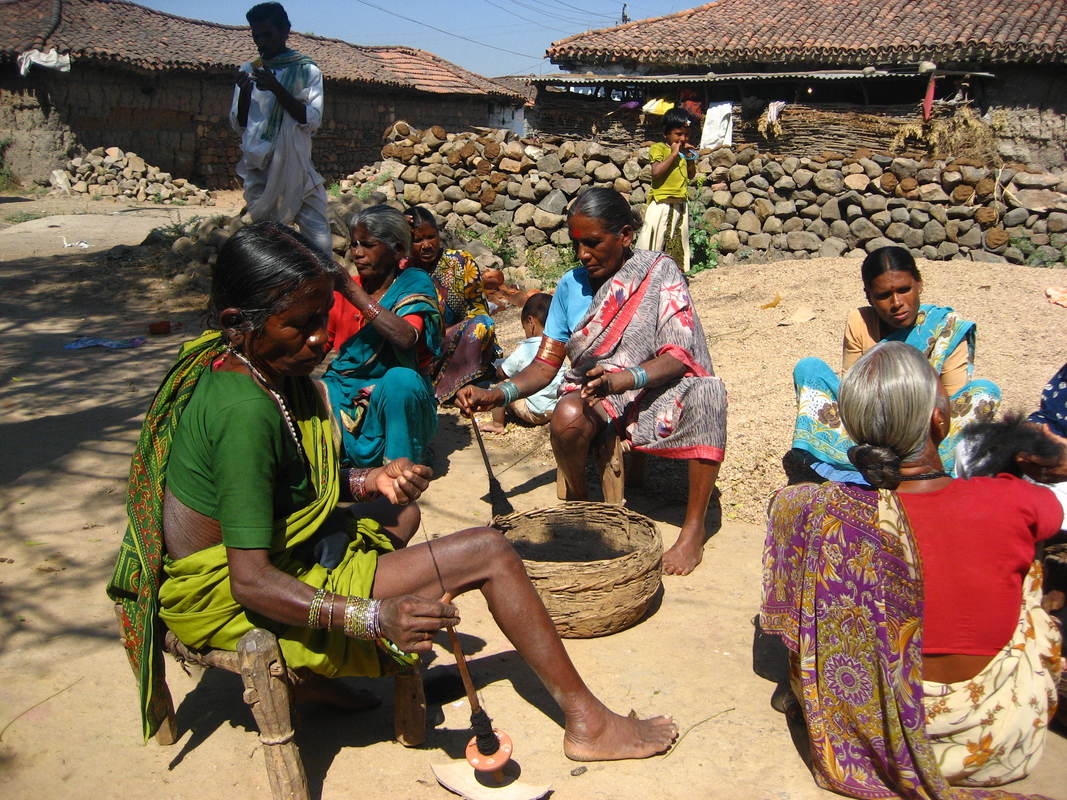
Nurses had the highest violence exposure rates in emergency departments (physical = 50%, non-physical = 81), mental health (physical = 55%, non-physical = 73%) and long-term care settings (physical = 46%, non-physical = 34%). This review found that 32% of nurses worldwide were exposed to physical violence, 63% to non-physical violence, 48% to bullying, and 18% to sexual harassment. One of the most recent comprehensive reviews of nurse exposure to workplace violence examined 136 international studies with prevalence rates for physical and non-physical violence, bullying, and sexual harassment in an aggregated sample of 151,347 nurses. The purpose of this study was to examine the prevalence of workplace violence, in terms of typologies and sources, towards nurses in different roles and care delivery contexts in British Columbia (BC), Canada. Because the consequences of workplace violence vary for victims depending on its type and source, describing workplace violence with respect to the multiple factors associated with nursing care delivery is an urgent undertaking. Moreover, previous healthcare violence research used simplistic operational definitions of workplace violence or was conducted with data collected over two decades ago. Less is known about violence rates in other healthcare sectors with nurses in roles that require less frequent, direct contact with patients and families. For example, violence rates in acute care settings have also been attributed to the close, frequent contact direct care nurses have with patients and families.

To date, the majority of workplace violence research has been conducted with direct care nurses from urban acute care settings, with limited research on the state of workplace violence among non-direct care providers, such as nursing leaders and educators, and nurses in long-term care or community care sectors and/or healthcare settings across geographical areas (e.g., urban, rural). Although the long-term consequences of workplace violence for providers, patients, the healthcare organization and the society at large have been relatively well studied, there is a gap in our understanding of different typologies and sources of workplace violence towards nurses across a variety of roles, specialties, sectors and geographical areas.

As the largest healthcare workforce and an overwhelmingly female dominant profession, nurses are more prone to workplace violence, particularly in constrained healthcare environments where workload management and staffing inadequacies are daily challenges. Nurses should be involved in developing workplace violence interventions that are tailored to work environment contexts and populations.Ĭompared to employees in other industries, healthcare workers have a four-fold higher rate of exposure to workplace violence. Patients were the most common source of violence towards nurses. Findings were similar to previous BC research from two decades ago except for two to ten times higher proportions of all types of violence, including verbal and physical sexual assault.

The most common types of workplace violence were emotional abuse, threats of assault and physical assault for all nursing roles and contexts. A total of 4462 responses were analyzed using descriptive and chi-square statistics. An electronic survey was emailed by the provincial union to members across the province in Fall 2019. This is a province-wide survey study using a cross-sectional descriptive, correlational design. The purpose of this paper is to present descriptive findings on the prevalence of types and sources of workplace violence among nurses in different roles (i.e., direct care, leader, educator), specialties, care sectors (i.e., acute, community, long-term care) and geographic contexts (i.e., urban, suburban, rural) within the province of British Columbia (BC), Canada. Most healthcare violence research is in acute care settings. Workplace violence in healthcare settings is on the rise, particularly against nurses.


 0 kommentar(er)
0 kommentar(er)
